Red wigglers are ideal for use in composting. The good thing about them is they have strong survival skills. They are not similar to the usual nightcrawlers in the sense that you can expect them to survive even in highly populated and close conditions. Red worms or red wigglers do not burrow, too.
Naturally, this type of earthworm has a lower chance of heading deep underground. You can also get them from various places in case you intend to use them for your compost bin. Just ensure that you are aware of some of the most relevant aspects of composting red wigglers, particularly how to handle a worm cocoon.
An Overview of Worm Cocoons
One important thing to note about a worm or red wiggler cocoons is that contrary to what most people believe, they are not eggs. These cocoons appear as small capsules shaped like a lemon or an oval and are scattered all throughout the bin.
Most people mistakenly refer to them as red worm eggs but they are not. As a matter of fact, they work similarly to a shelter as they serve as the shelter of the eggs. In other words, the eggs are not the cocoons themselves but you can find them inside.
Another thing you have to know about these cocoons is that they are often moist, causing soil particles to stick. With that, you may have a hard time seeing them. Generally, you can spread these cocoons over soil any time and season of the year. Still, it would be best to expose them outdoors during autumn, summer, and spring.
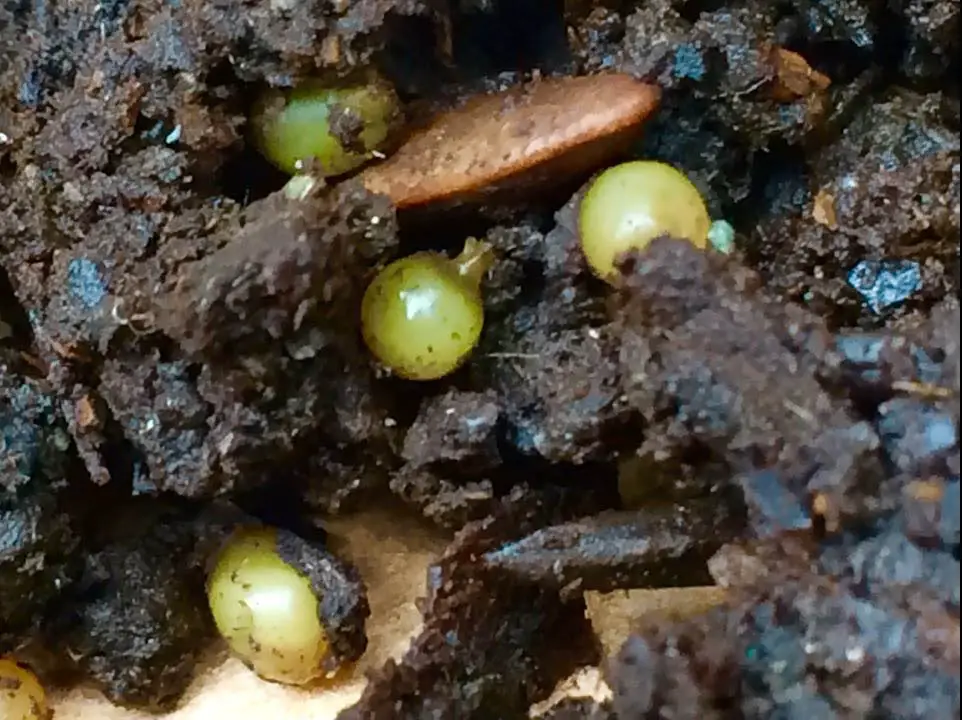
It should also be during those times when the temperatures at night are above freezing. Another ideal time to spread the cocoons over the ground would be after tilling or cultivating it.
The cocoon is definitely part of the life cycle of worms. As mentioned earlier, it is where the eggs live. It serves as the case containing around five to twelve eggs. If you have red wigglers, then their cocoons can pack up to 20 eggs. The first time the egg cocoons are laid, you will notice them showing off pale-yellow shades. You will know that the eggs are already mature when the cocoons become darker.
What Do the Eggs Look Like?
The eggs are definitely different from cocoons. Just like what has been indicated a while ago, the eggs are inside the cocoon. The eggs look microscopic, only about the size of the sperm, which fertilizes them.
Once they get fertilized within the cocoon, they will turn into zygotes. It is the stage, which serves as the beginning of the new life of the worm. It is crucial to note that from the numerous eggs inside the cocoon (probably up to twenty), only about three of them will reach the hatching stage.
1. The Incubation Stage
This is the time when the red wigglers that are still in the form of eggs are inside the cocoon. The time it takes for the cocoon to incubate would be around twenty-three days. This entire stage will cause the cocoon to change its color slowly – from pale or golden yellow to a darker shade, usually deep red or maroon. It happens when around four to six of the eggs inside develop.
There are certain requirements for the eggs to hatch, though. Among them would be the ideal temperature of 65 to 85 degrees Fahrenheit and a moisture level of around 80 to 90 percent.
It would be ideal for you to have a thermometer and moisture meter to ensure that the worm farm nursery you have stays in the perfect environment for the new babies. At the right moisture level and temperature, you can expect the new babies to come out within three to four weeks.
2. The Adaptation
One great thing about red wigglers or worms is that once they lay, their cocoons have a strong adaptation capability. Remember that you can’t expect nature to give the ideal hatching weather or environment for them every day. It is the main reason why these worms that dwell on surfaces were able to develop their own unique survival techniques.
One of their survival capabilities is sitting put whenever the environment or the weather becomes less than ideal for hatching. As a matter of fact, they are capable of waiting even for several years before they hatch.
Another amazing quality of red wigglers that makes them capable to adapt is them being surface dwellers. In other words, they are naturally exposed to various adverse conditions. As a means of offsetting their possibly low rate of survival, the red wigglers work on producing a higher number of cocoons compared to the others. With that, there will always be survivors from the cocoons no matter what the weather is.
One more thing that makes red wiggler cocoons more adaptive to the environment is their unique or distinctive design. As a matter of fact, they boast of reproductive materials with shockingly adaptive capabilities. You can even expect them to hatch even during the winter mainly because you can freeze and preserve them until spring.
3. The Emergence
At the proper temperature and moisture, new babies or worms will emerge. Red wigglers can even detect the perfect time for them to come out. It is important to maintain the perfect conditions, including the temperature and moisture mentioned earlier, for a certain period, so the eggs within the cocoon can safely emerge.
The problem, though, is when you are in the wild as this environment is prone to temperature fluctuations. It is also possible for the cocoons to perish when exposed to extreme heat. When in an excessively cold environment, though, the cocoons will still have a high chance of survival. It is mainly because of their adaptive capabilities, allowing them to freeze and stay dormant instead of dying on the spot. At the appropriate time, around three wigglers can safely come out or emerge from each cocoon.
4. Juvenile Stage
Once red wigglers get hatched from their cocoons, they will go through the juvenile stage. During this stage, the worms will not go beyond half an inch. It is around the thickness of four human hairs. The red worms will not have genital markings yet, too. Note that after the hatching, the babies will immediately transform into machines that eat organic waste. As a matter of fact, juvenile red wigglers will be fully prepared for vermicomposting. Some even say that they are as prepared as the adult ones as far as enhancing all forms of soil garden are concerned.
5. The Mature Stage
This is another vital stage of the red wiggler’s life cycle. It is the time when the once-baby worm turns into a juvenile then finally transforms into an adult. Note that it often takes around forty to sixty days before the juvenile worm transforms into a mature one or an adult. It is the stage wherein the worm develops the clitellum, which composes the reproductive organ. You can only see it once the red wiggler is ready for reproduction. One sign that the worm is already ready to mate is when its clitellum turns orange.
How Many Worms Can Hatch?
If you want to have a successful worm compost, then you will most likely be interested in how fast the red worms can reproduce and the number of worms that are capable of hatching. The good news is that you can easily cultivate a huge worm population even in just a short period.
The reason behind this is that each adult red wiggler is capable of producing around two to three cocoons every week with each cocoon containing and hatching a max of 20 baby worms. Multiply that with the number of mature worms living and surviving in the bin, and you can surely anticipate a lot of them emerging in a short period.
Red wigglers also have quick reproduction capabilities. However, you may need to help them at times. This means you have to create an ideal environment that will let them mate and reproduce. For instance, it is crucial for you to feed them with the right foods. Among those known as aphrodisiacs for red wigglers are mango skins, watermelon rinds, avocado peels, old and mushy bananas, and cantaloupe rinds.
How to Manage the Worm Cocoons and their Population?
One remarkable fact about worms is that they can adapt to various types of soils. You can expect them to survive well on soils that get annual organic matter applications, like those from manure, compost, and grass clippings. However, despite them being adaptive, it is still advisable to do your part in managing the worm cocoons.
Remember that for each healthy worm bin, you will notice numerous cocoons that were formed and hatched anytime. Despite that, their maturation rate, production, and ability to survive will also greatly depend on the population density, available food, moisture, temperature, and age of worms.
One thing that you can do is to have the cocoons scattered over soil in an area, which measures around 8 feet by 10 feet. Rake them to the topmost part of the soil – around two or three inches on top as much as possible.
Do not forget to water the soil regularly and thoroughly, too. Your goal should be to keep the area moist. Keep in mind that most worms need moisture for them to breathe. This means that if it gets dry even if it is still in its first month, then it is greatly possible to lose some of the worms that already hatched.
If the area gets exposed to extreme cold due to the winter season, make it a point to mulch the soil using grass clippings, leaves, or soil. Alternatively, you can let a green clover, which resembles manure, grow to prevent freezing the soil. During the autumn, put on some mulch in the area to prevent frost from penetrating the soil.
Conclusion
Red wiggler eggs, commonly referred to as cocoons, play a crucial role in the life cycle of these compost worms. These cocoons house the developing worms and are a testament to the reproductive vigor of the red wrigglers. Interestingly, worms don’t like being alone during reproduction, and thus two worms come together for laying eggs. With the right conditions, these eggs can give rise to as many as 20 hatchlings from a single cocoon. This fact is fascinating, considering that many worm species don’t have such a high output.
As the worms emerge, usually within 3 to 4 weeks, they start their journey towards sexual maturity. By the time they reach 4 to 5 weeks, many mature red wigglers are ready to pair with another worm and continue the cycle. The conditions are right when the environment is moist and food-rich, conditions worms love. If the conditions remain favorable, worm farmers can expect tons of cocoons to be produced, and a thriving population of worms can be cultivated in a short span of time.
Moreover, it’s notable that not all cocoons immediately yield wiggly worms. Some cocoons may take longer to hatch, while others might be ready to hatch sooner. The exact timing can vary, but when conditions are right, cocoons should hatch and worms should emerge from the cocoon, ensuring a constant and growing population.
If you’re thinking of raising worms, particularly red wigglers, understanding their reproductive cycle is crucial. By keeping the worms in conditions they love and providing them with the nutrition they need, one can expect thousands of worms in a new bin in just a few months. Not only does this serve as a testament to the vitality of this type of worm, but it also highlights the importance of proper care in raising worms. All in all, whether you’re a seasoned worm farmer or just someone interested in the wondrous world of worms, there’s no denying the magic and efficiency with which red wiggler worms start their life, grow, and reproduce.

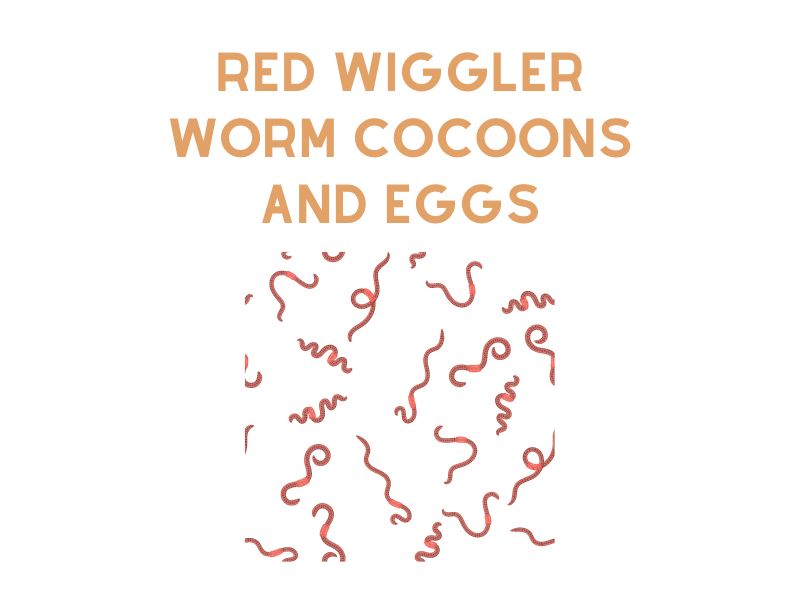







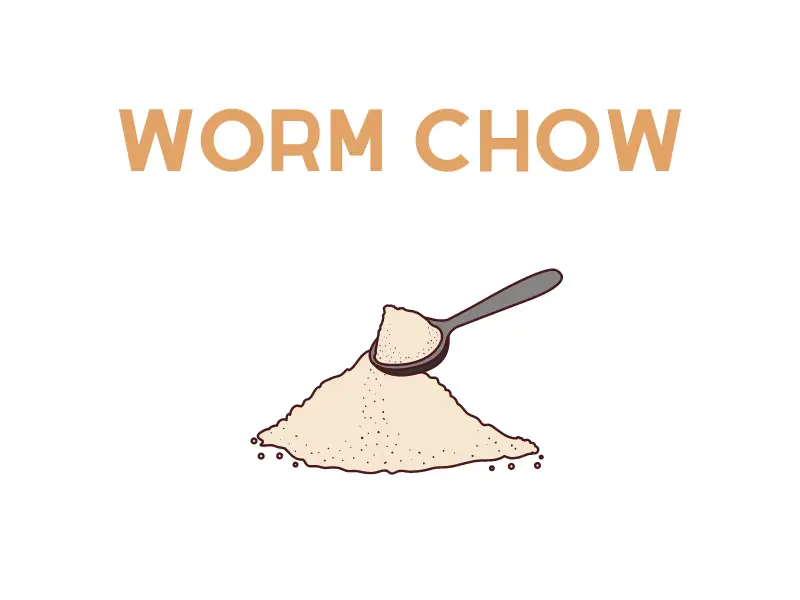
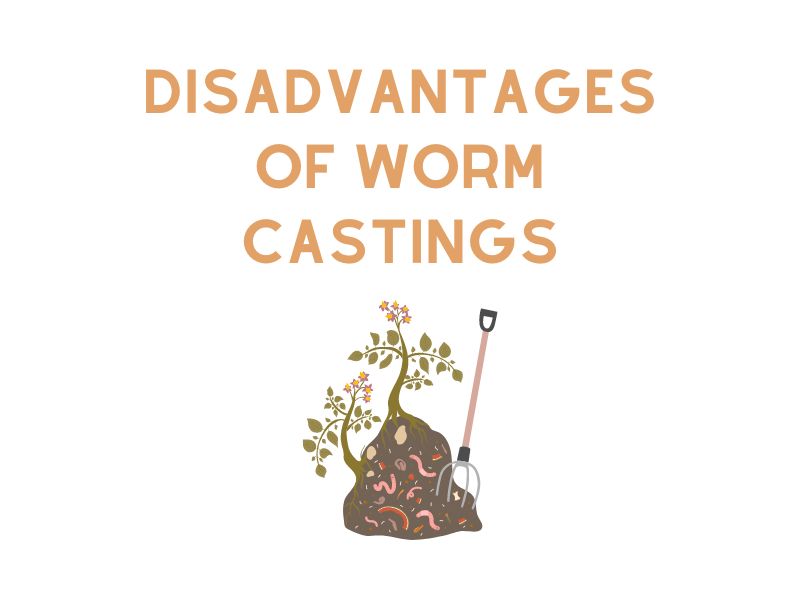
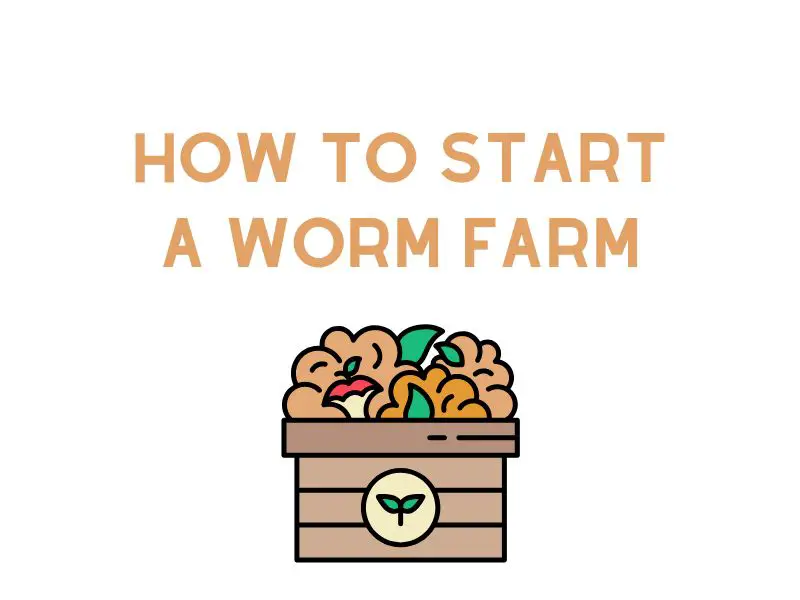

Liked your Red Wiggler article. Very interesting